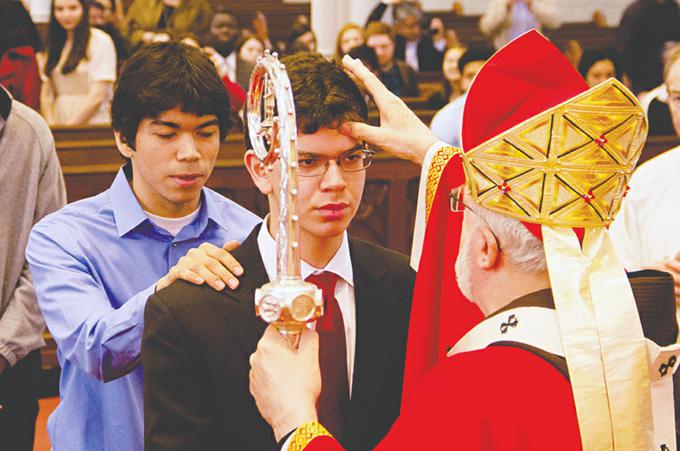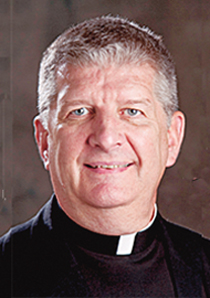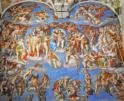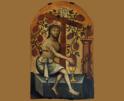
Faith
"What's the Ceremonial of Bishops?" Most priests or parishes would ask the same question the bishop asked.

O’Grady
Some years ago, a bishop renovated his cathedral church. He did not like tabernacles "off to the side" so he moved it to the middle. He asked what I thought of the renovation. I replied, "Not bad. Of course, you know that you have to remove the Blessed Sacrament to another place when you celebrate Mass here." I could see a question mark forming on his face. Then he asked, "Where'd you come up with that?"
Not I, bishop, but the Ceremonial of Bishops in #49 says so. Yes, the next question was, "What's the Ceremonial of Bishops?"
Most priests or parishes would ask the same question the bishop asked. This article is a condensed version of my response to the good bishop.
Strictly speaking, this is not a liturgical book but it is related to the book mentioned last week and to some that I'll be introducing in the coming weeks. While all of these books contain directions for the celebration of the respective rites, there are preliminaries to which bishops and their masters of ceremonies ought to attend before the respective rites.
The Ceremonial has eight sections called books and, in some cases, those are divided into chapters.
First are the general directions for liturgies with a bishop. This contains the theology of the bishop's liturgy upon which the remainder and more specific directions are based.
Next, is the more detailed description of a Mass with the bishop; this includes and presumes the General Instruction on the Roman Missal, which is at the front of every Missal and tells all of us how Mass is to be celebrated.
Then follows a section on the Liturgy of the Hours and Celebrations of the Word of God. Then, there are some highlights of celebrations of the Lord during the Church's liturgical year. Next come the other sacraments, the Eucharist being covered in the second book; all the others are reviewed here. Sacramentals, which include dedications and blessings of people and things, follow.
Next, in section seven, are important days in the life of the bishop, especially anniversaries of his episcopal ordination and installation as diocesan bishop. Lastly, there is some brief direction regarding the celebrations of Plenary or Provincial Councils and those for a Diocesan Synod. These are usually rare events, but they have a liturgical aspect. They are not just another meeting or series of meetings. There are also several appendices containing documentation about the insignia proper to the bishop and its use.
A couple of interesting notes:
The bishop is always to wear the ring -- on the ring finger of the right hand. As regards the other symbols of his office, he has wide latitude in their use. The most familiar to us are his miter or "official headgear" and the pastoral staff, which he carries at Mass and other liturgical events.
Much of what this book contains regards the liturgies that the diocesan bishop celebrates in his cathedral church, but they also apply during celebrations throughout his diocese.
Most of the time, we encounter the bishop when he visits parishes, and often, those visits are in conjunction with the celebration of the Sacrament of Confirmation. Even outside his cathedral church, the contents of this book serve as a sure guide for the particular celebration.
Likewise, in a diocese where there may be auxiliary bishops, such as our archdiocese, for the most part, the book also applies to them as it does to bishops who may be visiting from other dioceses and are the principal celebrant of a particular liturgy. A common example of this happens at our seminaries when the bishops of the dioceses who have students at either St. John's or Pope St. John XXIII come to celebrate the conferral of ministries of lector or acolyte on candidates.
By now, you are saying, "I'll never see any of this." This may be true. But this book is in some way a good reminder that lots "goes on behind the scenes" when it comes to any liturgical celebration. Even the daily Mass in your parish and certainly the Sunday Masses require preparation, attention to detail, and involvement of priests, deacons, readers, servers, music ministers, greeters, and all of us in the assembly. Every one of us has an important -- the church says indispensable -- role to carry out.
The bishop is the high priest and the chief liturgist in the diocese. So, the church places a great emphasis on his liturgical responsibility and leadership. More than any other place, we find a reminder that the bishop's liturgy is to be the model for all other liturgies in the diocese.
Recent articles in the Faith & Family section
-
The kingdom of ChristJaymie Stuart Wolfe
-
Pilgrims of hope -- Holy Year of 2025Father Robert M. O’Grady
-
Honor Mothers at Home and In the MissionsMaureen Crowley Heil
-
On the vineScott Hahn
-
What is the church's position on the treatment of animals?Jenna Marie Cooper


















